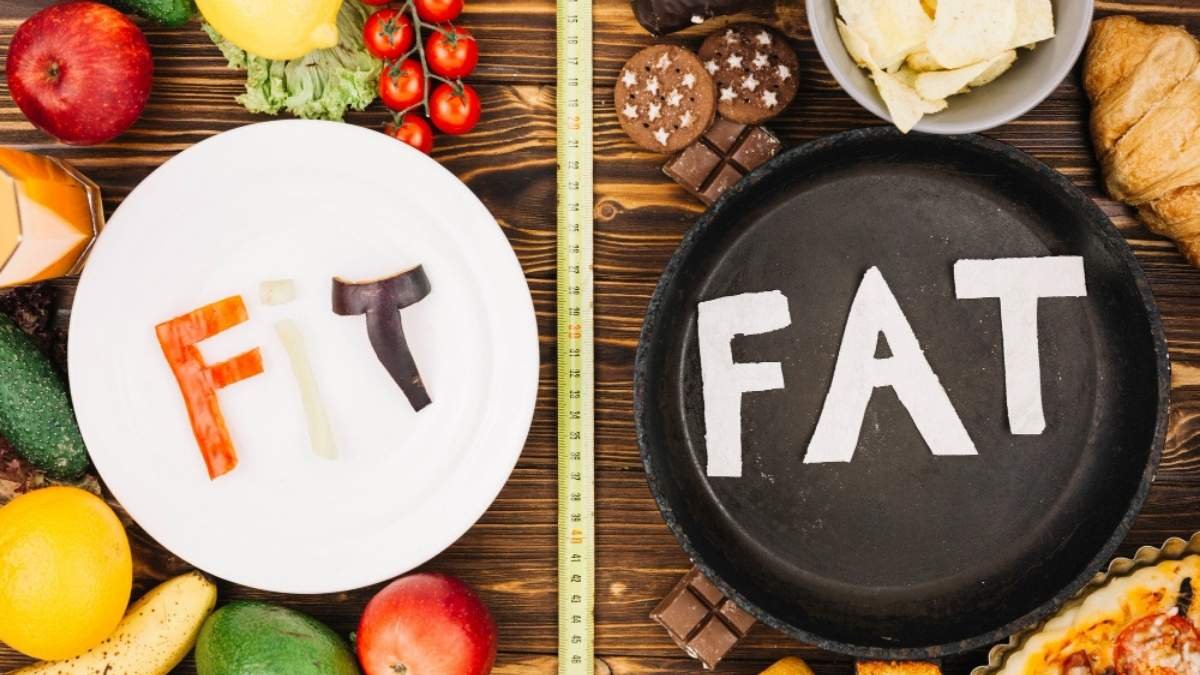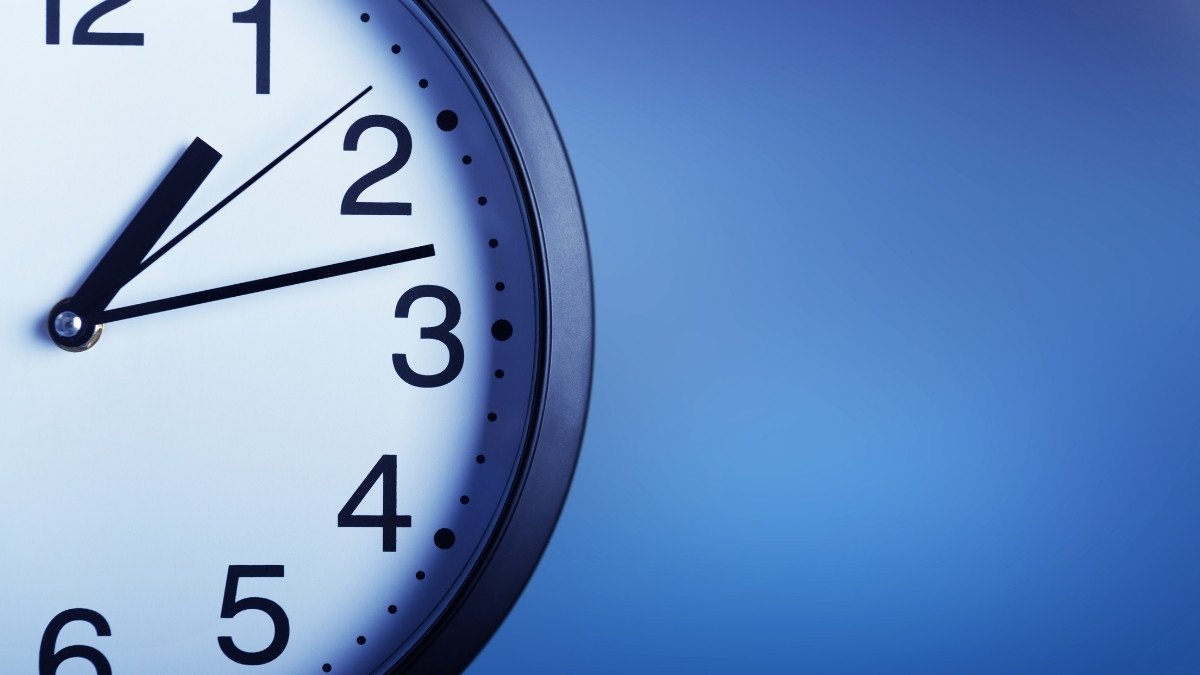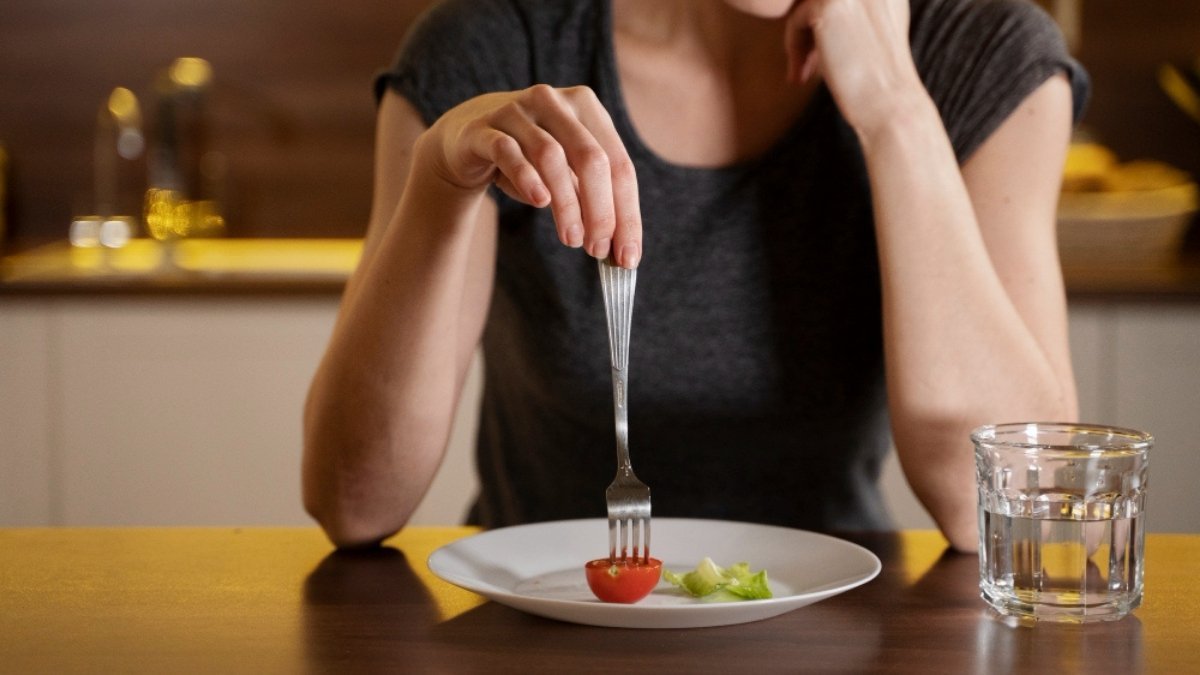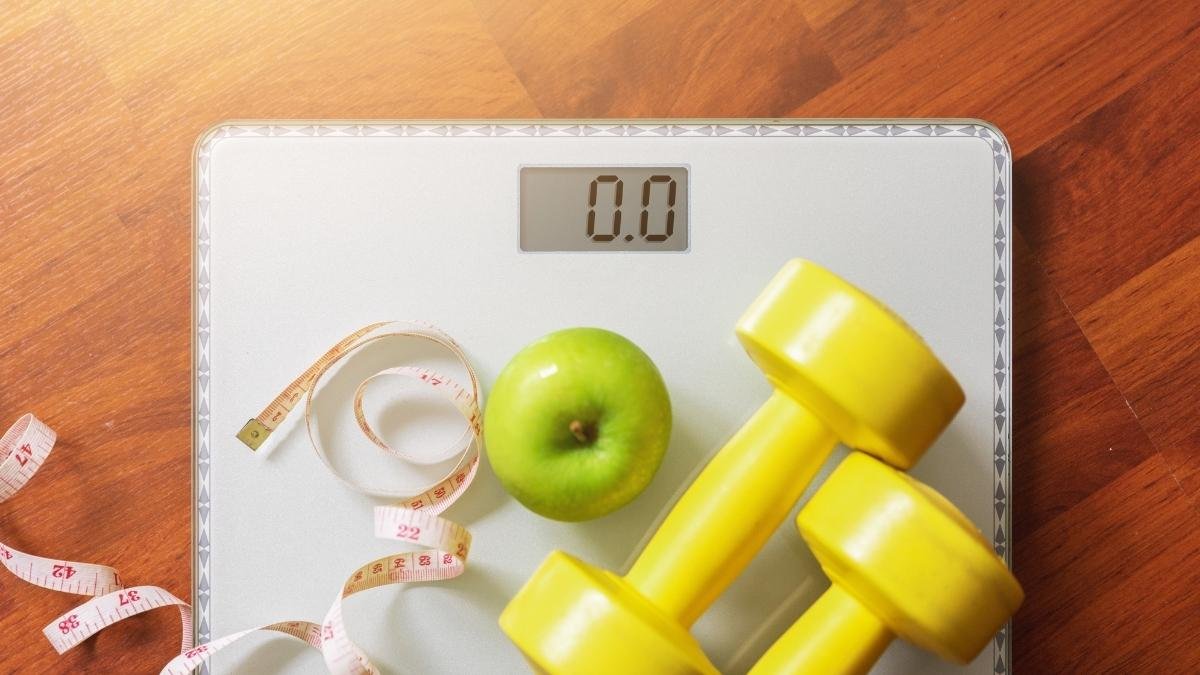
You know that feeling, right? It’s 3:00 p.m., the brain fog rolls in, and you’re fighting the urge to rest your head on the keyboard. Or maybe it’s just a general, persistent fatigue—that feeling of running on 20% battery no matter how much coffee you drink.
We blame stress. We blame bad sleep. We blame work. And all those things are definitely part of it.
But what if it’s something simpler? What if it’s not just what we’re eating, but when?
We live in a world of 24/7 access. We have a pre-breakfast snack, a post-dinner snack, and maybe a “one last bite” of something right before bed. Our bodies are in a constant “fed” state, always digesting, always working. And it turns out, this might be why we’re so tired.
There’s a growing mountain of research pointing to a simple fix called Time-Restricted Eating (TRE). And one protocol, in particular, is getting a lot of attention for its simplicity and power: the 14:10 schedule. That’s it. You fast for 14 hours (mostly overnight, while you sleep) and eat all your meals in a 10-hour window.
A pilot study focusing on TRE as a lifestyle change found it led to statistically significant improvements in people’s quality of life, including a major drop in energy/fatigue (p<0.01). This isn’t just about weight loss; it’s about a fundamental “reboot” of your body’s energy system.
The “Metabolic Switch”: Your Body’s Hidden Power Source

Look, our bodies are brilliant. They’re basically hybrid cars, designed to run on two different fuel systems:
- The “Glucose Battery”: This is your carb-based fuel, stored in your liver as glycogen. It’s fast, easy to access, and your body loves to use it first.
- The “Fat Tank”: This is your fat-based fuel (ketones). It’s a massive reserve of clean, efficient, long-burning energy.
The problem? Most of us never switch over to the “fat tank.” We’re always topping off the “glucose battery” (every time we snack), so our bodies never have a reason to flip the switch.
This “flip” is what researchers call the “metabolic switch”.
It generally takes about 10 to 12 hours of fasting for your body to burn through all that easy-access glycogen. The 14-hour fast is so effective because it gives you a solid two-hour buffer, guaranteeing your body is forced to flip that switch every single day.
And here’s the “aha!” moment: when your body starts making ketone bodies, they aren’t just fuel. The science shows they are “potent signaling molecules” that “have major effects on cell and organ functions”. They’re like little messengers that run around telling your body to start repairing itself and upgrading its systems.
The “Energy Reboot”: How to Build Brand New Batteries

So, why do people who do this suddenly report feeling so… energetic?
It’s not in their heads. It’s happening inside their tiniest “batteries.”
Every single thing you do—thinking, moving, breathing—is powered by a molecule called adenosine triphosphate (ATP). ATP is the “energy currency” for your entire body. And about 90% of it is made by tiny little “organelles” in your cells called mitochondria.
These are, quite literally, your “power plants”.
When you feel drained and fatigued, it’s often a sign of mitochondrial dysfunction. Your power grid is old, inefficient, and failing.
This is where the 14-hour fast gets really exciting. That same 12-week pilot study did metabolic tests on participants’ plasma. They found that after the study, participants’ cells showed a statistically significant increase in mitochondrial-derived ATP synthesis.
In plain English, their bodies were making more energy.
This happens in two ways:
- Better Efficiency: The “good” stress from fasting makes your existing power plants (mitochondria) tougher and more efficient at pumping out energy.
- Building New Plants: This is the big one. The signals from fasting (like the presence of ketones) trigger something called mitochondrial biogenesis. That’s a fancy term for the body building brand new, shiny, high-efficiency power plants inside your cells.
You’re not just recharging your old, tired batteries. You’re building a whole new, upgraded power grid. That’s the “reboot.”
The “Night Crew”: How Your Body Cleans House

Okay, this might be my favorite part. It’s an analogy used by researchers, and it just makes so much sense.
Think of your body like a busy 24-hour diner.
During your 10-hour eating window (the “day”), the “day crew” is on. The kitchen is chaotic, food is being prepped (digestion), insulin is running around, and orders are flying. It’s a high-energy, high-mess state. The “day crew” cannot possibly cook, serve, and deep-clean the kitchen at the same time.
By starting your 14-hour fast (say, at 6 p.m.), you’re finally “closing the kitchen.” You’re sending the “day crew” home.
This finally allows the “night crew” to come in and do their job.
This “night crew” has a scientific name: autophagy (it means “self-eating”). This is your body’s built-in quality control and recycling program. This crew quietly moves through your system, “gobbling up” and “breaking down” all the “dead or worn-out cells,” junk proteins, and damaged parts that built up during the day.
This “cellular spring cleaning,” which is triggered by those same fasting signals (low insulin and low mTOR ), then recycles those components to “make way for the shiny, new cells”. This process, which also includes DNA repair, makes your whole system stronger and more resilient to stress.
The “Master Regulator”: Why When You Eat Matters Most

So, why does this simple schedule work so well?
This is where the work of Professor Satchin Panda from the Salk Institute is so critical. He’s the person who “kickstarted the research surrounding time-restricted eating, specifically the 14:10 model”.
Professor Panda’s research shows that our bodies run on a 24-hour Circadian Rhythm, or “master clock.” And it’s not just in your brain; nearly every organ in your body (your liver, your pancreas) has its own clock that tells it when to be active and when to be in repair mode.
Modern life—especially eating late at night—throws these clocks into chaos. It creates “Circadian Rhythm Dysfunction (CRD),” which is basically a state of internal jet lag.
And here’s the key: food is a “master regulator” of these clocks.
When you eat a bowl of ice cream at 11 p.m. (a practice Panda calls “problematic” ), you’re shouting at your “day crew” (your digestive system) to wake up and get to work… right when your “night crew” (repair and sleep) is supposed to be clocking in. This metabolic confusion leads to inflammation and messes up your power plants.
This is why Professor Panda made the bold claim that for many people, “when they eat” can be more important than “what they eat”.
The 14:10 schedule (like stopping at 6 or 7 p.m.) works because it re-syncs your eating clock with your sleep clock. This alignment itself is what creates the perfect, protected window for the “night crew” (autophagy) and the “power grid upgrade” (mitochondrial biogenesis) to happen.
“But Is 14 Hours Enough? What About 16:8?”

I know what you’re thinking. “My friend at the gym does 16:8. Is 14 hours… you know, ‘weak’?”
It’s a fair question. And honestly, the data shows a “dose-response” relationship. For some specific things, a longer fast is more potent. For example, one 2022 study found that an 18:6 fast was better at reducing fasting insulin than a 14:10 protocol.
But—and this is a big “but”—thinking it’s “16:8 or nothing” misses the point.
- 14 Hours is Highly Effective: This is not a “light” fast. A major review pointed to a study that found fasting for more than 13 hours (a bar the 14:10 protocol easily clears) was linked to a 36% lower risk of breast cancer recurrence. Another study on firefighters who followed a 14:10 schedule for 6 weeks found it reduced oxidative stress and AGEs (advanced glycation end products)—key markers of aging and inflammation.
- 14 Hours is Sustainable: Let’s be real. A 16:8 schedule can be tough. That same systematic review noted that in several 16:8 trials, participants were officially allowed to “fail” into a 10-hour eating window (14:10) if the 8-hour one was “too challenging.”
This makes the 14:10 protocol the ultimate “sweet spot.” It’s the “minimum effective dose” that you can actually stick with. It’s long enough to flip the metabolic switch, align your internal clocks, and get a huge chunk of the longevity benefits, all without the extreme burden.
A Simple Guide to Trying a 14:10 Schedule

Want to try it? It’s genuinely simple. You’re just scheduling, not counting.
Step 1: Pick Your 10-Hour Window

It needs to be consistent, but you can shift it to fit your life.
- The “Early” Schedule: 8:00 a.m. – 6:00 p.m. (This was used in a Johns Hopkins trial ).
- The “Standard” Schedule: 10:00 a.m. – 8:00 p.m. (A very common and manageable one ).
Step 2: The Real Golden Rule: The “3-Hour Buffer”

This is arguably the most critical part for syncing your clocks. Stop eating at least 3 hours before bedtime. This lets you “go to bed with a relatively empty stomach,” which “enables the internal clock in your digestive system to align with the clock in your brain”. This is key to better sleep and metabolic health.
Step 3: What “Breaks” a Fast?

During the 14-hour fast: no calories. Water, black coffee, and plain, unsweetened tea are your friends. Anything with calories—a splash of cream, a “healthy” snack, a diet soda that spikes insulin—”breaks” the fast. It stops the metabolic switch and tells the “night crew” (autophagy) to pack up and go home.
Step 4: An Important Caveat (Please Read This)
Look, this is a powerful tool, but it’s not for everyone. As the Mayo Clinic and other experts point out, this isn’t a one-size-fits-all solution. You must talk to your doctor before trying this, especially if you:
- Are you pregnant or breastfeeding?
- Have a history of an eating disorder.
- Have diabetes or other blood sugar issues.
- Tend to faint or have low blood pressure.
More extreme fasts can have side effects like headaches and irritability, but 14:10 is generally very gentle. Still, ask your doctor first.
Three Myths That Need to Go

I hear these all the time, and they stop people from trying something that could help.
Myth 1: “This is a magic bullet for weight loss.”

Correction: Not really. A major Johns Hopkins study directly compared 14:10 TRE with old-school calorie counting (CC). The result? “Essentially the same” weight loss in both groups. The Evidence: The “magic” for weight loss is behavioral. The 14:10 group naturally and passively cut 200 to 550 calories from their day, simply because the window was shorter. It’s a brilliant tool to eat less without the misery of counting. But the unique benefit, which the CC group didn’t get, was the simultaneous improvement in metabolic energy (ATP).
Myth 2: “My body will go into ‘starvation mode’ and my metabolism will break.”

Correction: This is biologically backward. A 14-hour fast isn’t “starvation”; it’s a repair and recovery signal. The Evidence: The Mayo Clinic notes this “timed eating” helps cells “focus on repair”. Instead of “breaking” your metabolism, it improves it and triggers the construction of new “power plants” (mitochondrial biogenesis) to increase your energy capacity.
Myth 3: “I’ll lose all my muscle!”

Correction: This is one of the biggest, most persistent myths. The 14-hour fast is fantastic at preserving muscle. The Evidence: Remember the “metabolic switch”? It’s a signal for your body to finally start burning its preferred “long-haul” fuel: fat. This spares your muscle tissue. As long as you eat enough protein within your 10-hour window, studies on TRE show it’s great at preserving lean mass.
A Few Tools That Genuinely Make This Easier
Okay, so knowing all this is one thing, but actually doing it is another, right? Especially when life gets busy. I get it. This isn’t about buying a bunch of stuff you don’t need, but I’ve found a few simple tools that can seriously lower the friction and make sticking to this new rhythm feel almost automatic. If you’re looking for a little support, here are a few things that might genuinely help.
1. Glass Meal Prep Containers

The worst feeling is getting to 6 p.m., being starving, and having nothing ready. Having your meals prepped (like these glass ones from Prep Naturals) means your 10-hour window is simple. You just heat and eat. No last-minute panic-snacking.
2. A Magnetic Meal Planner

Honestly, just writing it down helps. A simple magnetic notepad on the fridge takes the “what am I eating?” guesswork out of the week. It’s a low-tech, high-impact way to stay on track and make your grocery trips more efficient.
3. A Time-Marker Water Bottle

So many times, what we think is hunger is actually just thirst. Having a bottle on your desk (like the Fidus ones with the time markers) is a constant visual nudge to hydrate before you get “hangry,” especially during your fasting window.
4. A Contoured Sleep Mask

Remember that “3-hour buffer” before bed? It’s all about signaling to your brain that it’s time for the “night crew.” A good 3D contoured mask that actually blocks out all the light is a game-changer for protecting that all-important sleep rhythm.
5. The Book That Started It All

If this article sparked your interest, you should go straight to the source. “The Circadian Code” by Dr. Satchin Panda is the deep dive. It’ll give you the “why” behind all of this and so much more. Highly recommend.
Your Takeaway: This Isn’t a “Diet” — It’s a “Re-Sync”
Here’s what I want you to walk away with. The 14:10 protocol is not a “diet” in the way we think of them. It’s not about restriction or deprivation.
It’s about rhythm.
It’s about giving your body the protected, non-negotiable “downtime” it needs to run its own essential maintenance. It’s “closing the kitchen” so the “night crew” (autophagy) can finally clean up. It’s “flipping the switch” so your body can “upgrade the power grid” (mitochondrial biogenesis).
The “rebooted energy”, the reduced stress, and the feeling of resilience… that’s just the feeling of a body that’s finally running back in sync.






